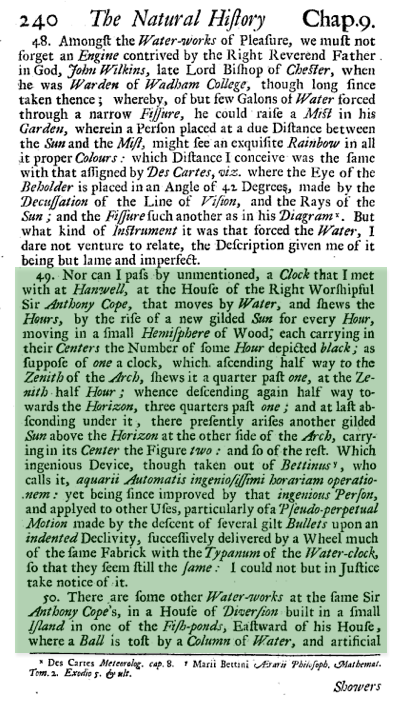
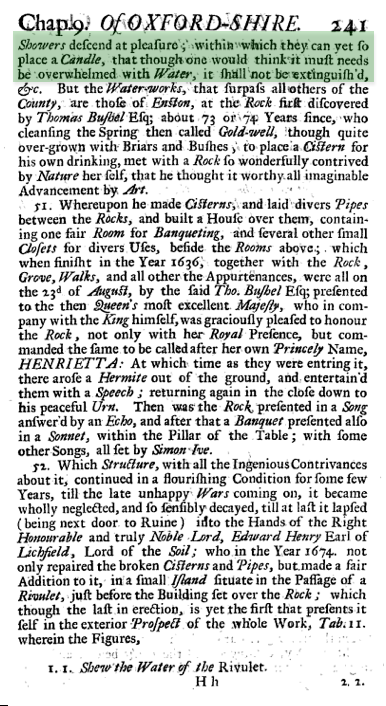
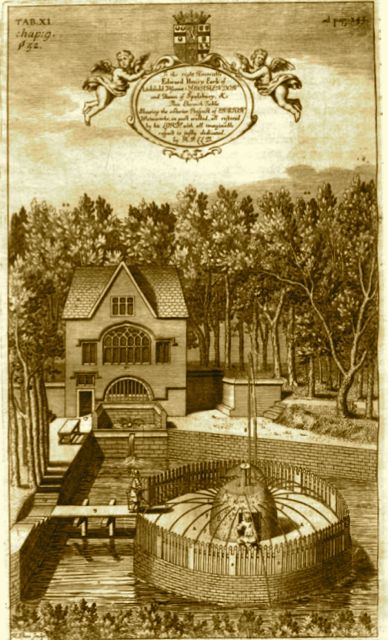
Extracts from Robert Plot's Natural History of Oxfordshire first published in 1675.
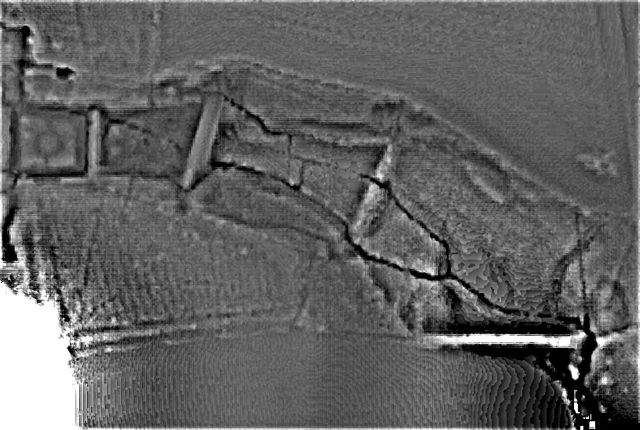
The LIDAR coverage, the water parterre and the site of the current excavations is the square area with the central roundel on the far left of the image,
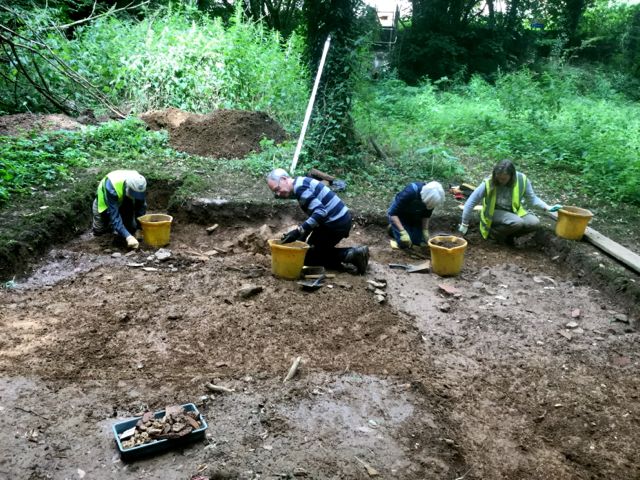
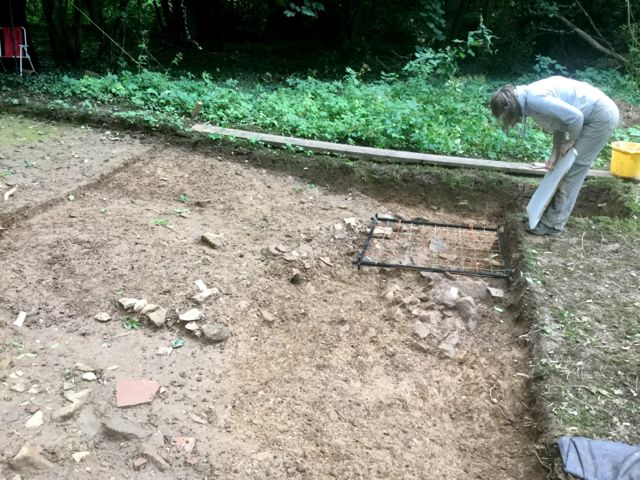
Sunny days back in August 2017
Initial progress had been good for,
although the area of the central island seemed devoid of features the
ditch was filled with rubble and roof tile and significant finds, ex
specially clay tobacco pies which tied it all in to the seventeenth
century but then it all had to be covered over and left....
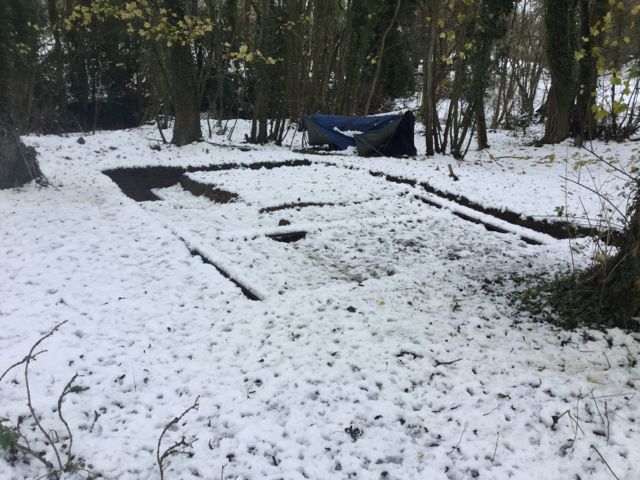
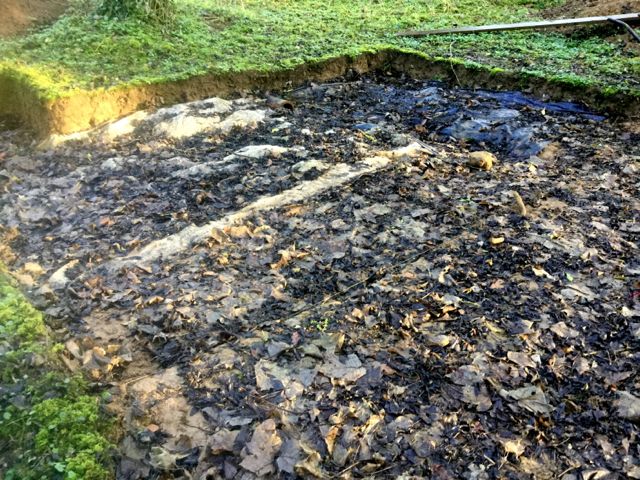
and left and left....
... until it was time to start
again with a big clear up which took several days during the course of
January. Apart from fixing the collapsed shelter there was loads of
leaf mould to peel away by trowel and then once the covers were rolled
back more cleaning to be done there. In the spirit of looking forward
to the new season we even extended the excavated area a little further
to the north to try and pick up in particular the limits of the ditch on
that side.
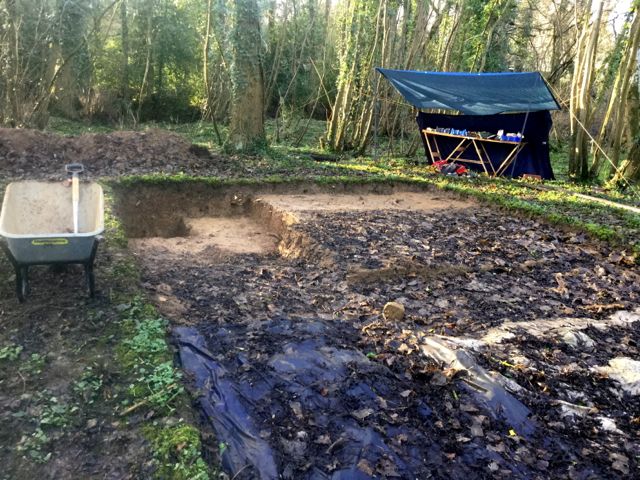
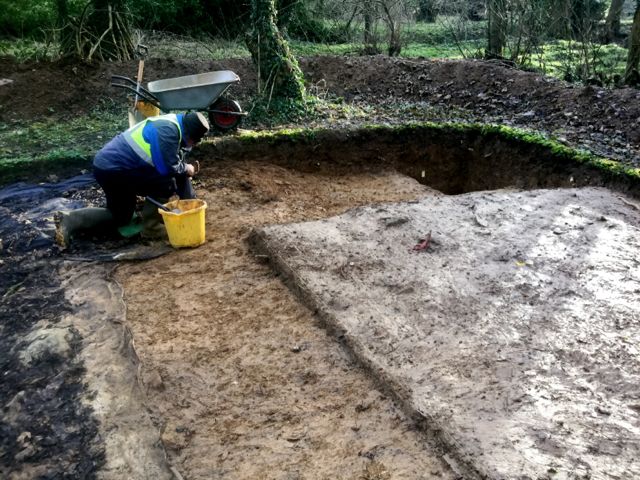
The clean up underway.
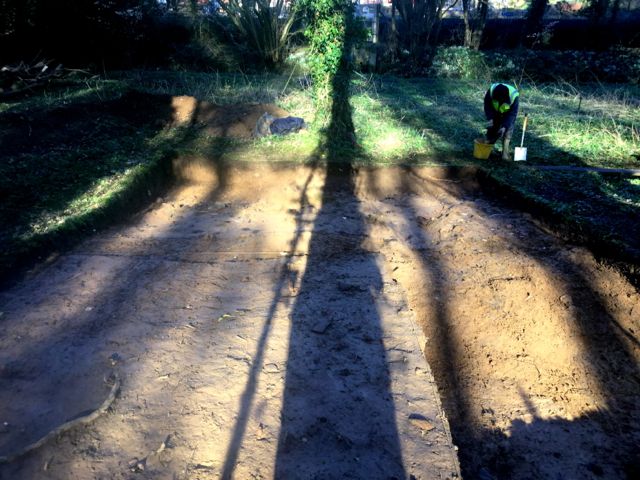
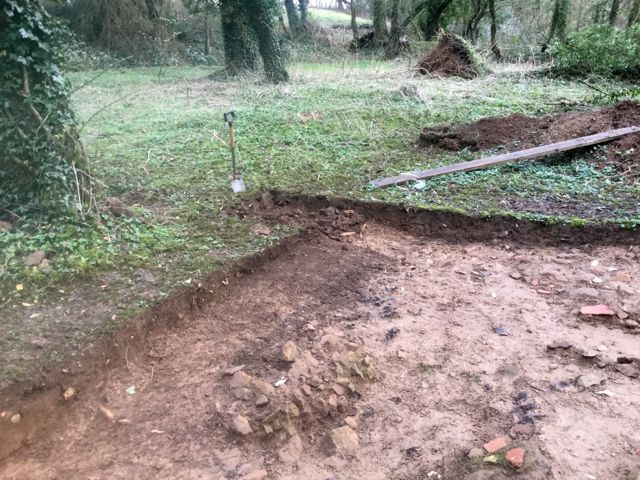
The clean up complete and an extension is plotted.